Same Day Shipping EMI & COD on most products
Trusted Partner Since 1969
GST B2B Billing  Help
Help  00919699976817
00919699976817


Showing 25–48 of 754 results
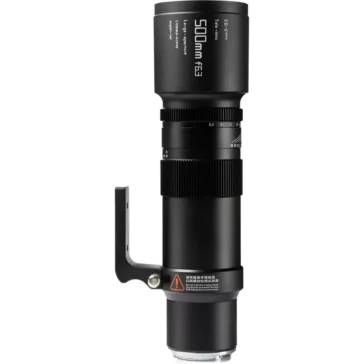


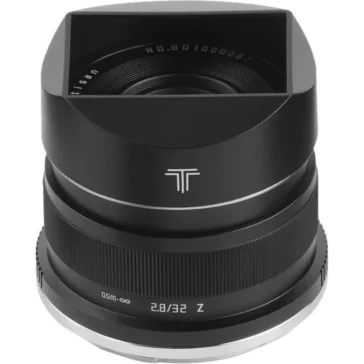
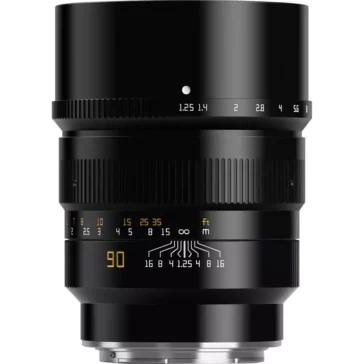


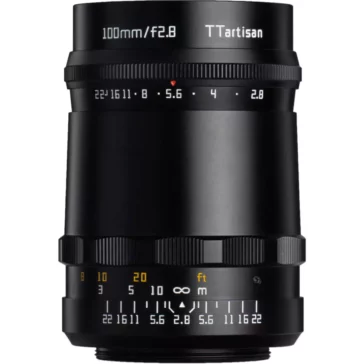
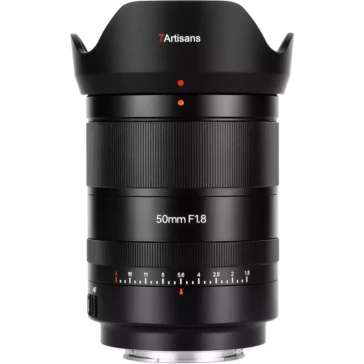
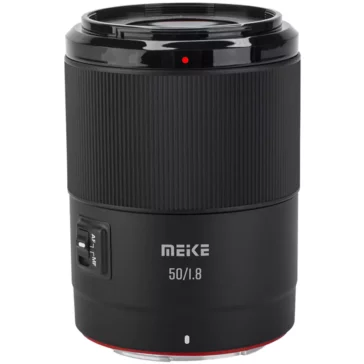
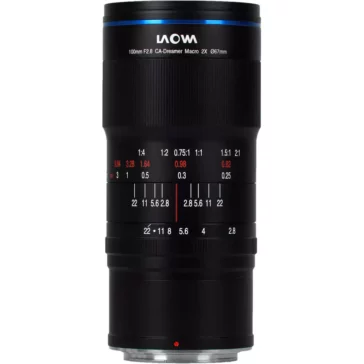
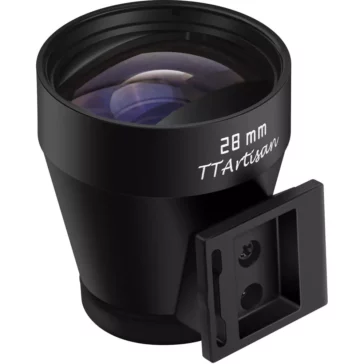
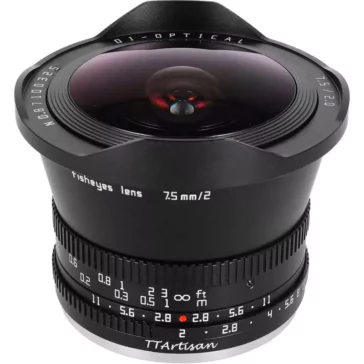
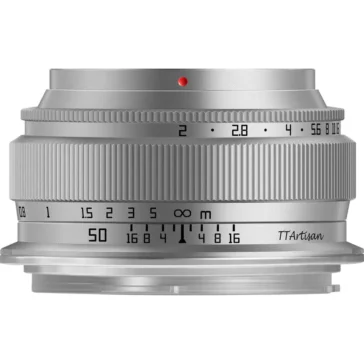
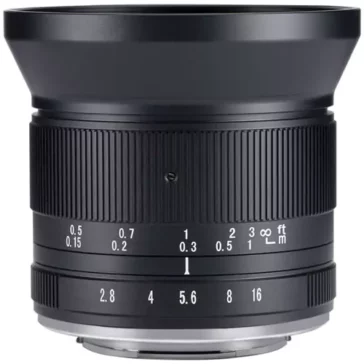





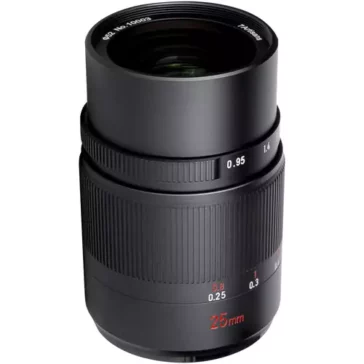
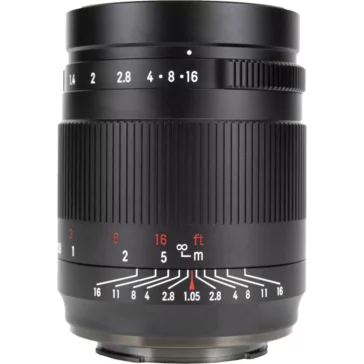
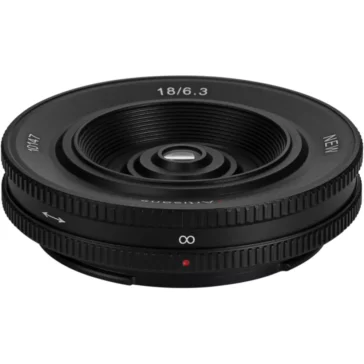

A prime lens has a fixed focal length, meaning it offers only one perspective. They are often sharper and have larger apertures, making them ideal for low-light conditions. On the other hand, zoom lenses have variable focal lengths, allowing photographers to zoom in or out without changing the lens. This versatility makes them suitable for various scenarios, from landscapes to portraits.
Aperture plays a crucial role in determining the depth of field in an image. A larger aperture (lower f-number) results in a shallower depth of field, meaning only a specific part of the image will be in focus, while the rest will be blurred. Conversely, a smaller aperture (higher f-number) provides a deeper depth of field, keeping more of the image in focus.
The cost of a lens is influenced by several factors, including the quality of materials used, the complexity of its design, the presence of advanced features like image stabilization, and brand reputation. High-end lenses often provide sharper images, better low-light performance, and faster autofocus.
While DSLR and mirrorless cameras have different lens mounts, many manufacturers offer adapters that allow photographers to use DSLR lenses on mirrorless bodies. However, it’s essential to check compatibility and ensure that the adapter supports features like autofocus and aperture control.



Most units are shipped same day using professional courier services with tracking.
We work round the clock to ensure you get the highest level of customer satisfaction.
Well packed, Sealed Units are shipped from our warehouse which are waterpoof & sturdy.
Design Info
GST: 27AYUPJ2628P1ZK
No.1, Saremals, Shastri Hall Building,
Nana Chowk, Grant Road West,
Mumbai 400007, Maharashtra, India
New Delhi Branch – South Ex 2, 110049
Also Ships DAILY from Brisbane, Dubai,
Berlin, Barcelona, Detroit & Vancouver.
Connect online / schedule a demo
Call/WhatsApp: +91-9699976817
Email: [email protected]
Live Chat: Business Hours
Follow Us: @designinfo.in
Copyright © 2014-2022 Design Info All Rights Reserved. Feedback on web experience
Since 1969